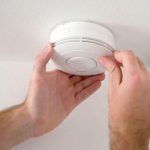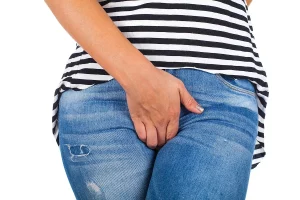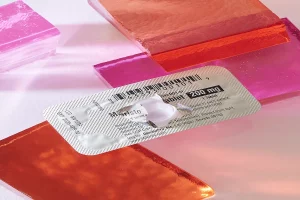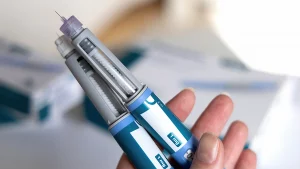Winter weather brings with it plenty of hazards, including risks from carbon monoxide poisoning, and fires.
But the U.S. Consumer Product Safety Commission (CPSC) offers suggestions for staying safe on those cold winter nights.
When storms knock out power, a portable generator can be a go-to tool, but it does raise the risk of carbon monoxide (CO) poisoning and can kill in minutes if not used properly, the CPSC warned in a news release.
An odorless, colorless gas, CO can render someone unconscious before they even have a chance to have symptoms of nausea, dizziness or weakness.
To stay safe, never operate a portable generator inside a home, garage, basement, crawlspace or shed.
Even open doors or windows will not provide enough ventilation to prevent the buildup of lethal levels of CO, the CPSC advised.
Portable generators should only be used outside and kept at least 20 feet from the house or any other building someone might enter, with the exhaust blowing away from the home. Keep any windows or other openings in the path of the exhaust closed.
Porches and carports are still too close to the home to operate a generator safely there, the CPSC said.
Generators should also be properly maintained and used exactly as instructions and warnings advise. When buying one, get the type with a CO shut-off safety feature, designed to shut the generator off automatically when high levels of CO are present around the machine.
These will be labeled as PGMA G300-2018 and UL 2201, with the former reducing deaths from CO poisoning by 87% and the latter by 100%, the CPSC noted.
An average of 85 people die each year in the United States because of CO from portable generators, the CPSC said. Black Americans are at higher risk, accounting for 23% of generator-related CO deaths while only comprising about 13% of the population.
Charcoal can also create a CO poisoning risk indoors. Do not cook on a charcoal grill inside or in a garage, even with the door open.
For leaking gas that has odor, leave the house immediately and call local gas authorities from outside. Do not use any electronics, including lights or phones, before leaving.
Make sure your CO and smoke alarms are in good working order, with battery-operated alarms, or those with a battery backup, on each level of a home and outside separate sleeping areas, the CPSC recommended.
Test your alarms monthly. Never ignore an alarm when it sounds. Get outside immediately, and then call 911.
Clear snow from any outside vents for appliances that burn fuel because blocking those can also cause carbon monoxide to build up.
Portable heaters and candles can be fire hazards, too. Keep all sides of a portable heater at least three feet from beds, clothes, curtains, papers, sofas and other items that can catch fire.
Always use a wall outlet to run a portable heater. Never use a power strip. Do not run the heater’s cord under a rug or carpeting, the CPSC advised.
The heater should also not be near water and you should avoid touching it if you are wet. Keep the heater on a stable surface, where it won’t be knocked over. Don’t leave it unattended in a confined space.
If the heater’s cord or plug is hot, disconnect it and call a repairperson. If the outlet is hot, call an electrician.
Use flashlights instead of candles. If you do use candles, don’t burn them on or near anything that can catch fire and never leave them unattended, the CPSC warned. Always extinguish candles when you leave a room and before bed.
More information
The U.S. Centers for Disease Control and Prevention has more on carbon monoxide.
SOURCE: U.S. Consumer Product Safety Commission, news release, Nov. 29, 2022
Copyright © 2025 HealthDay. All rights reserved.
















